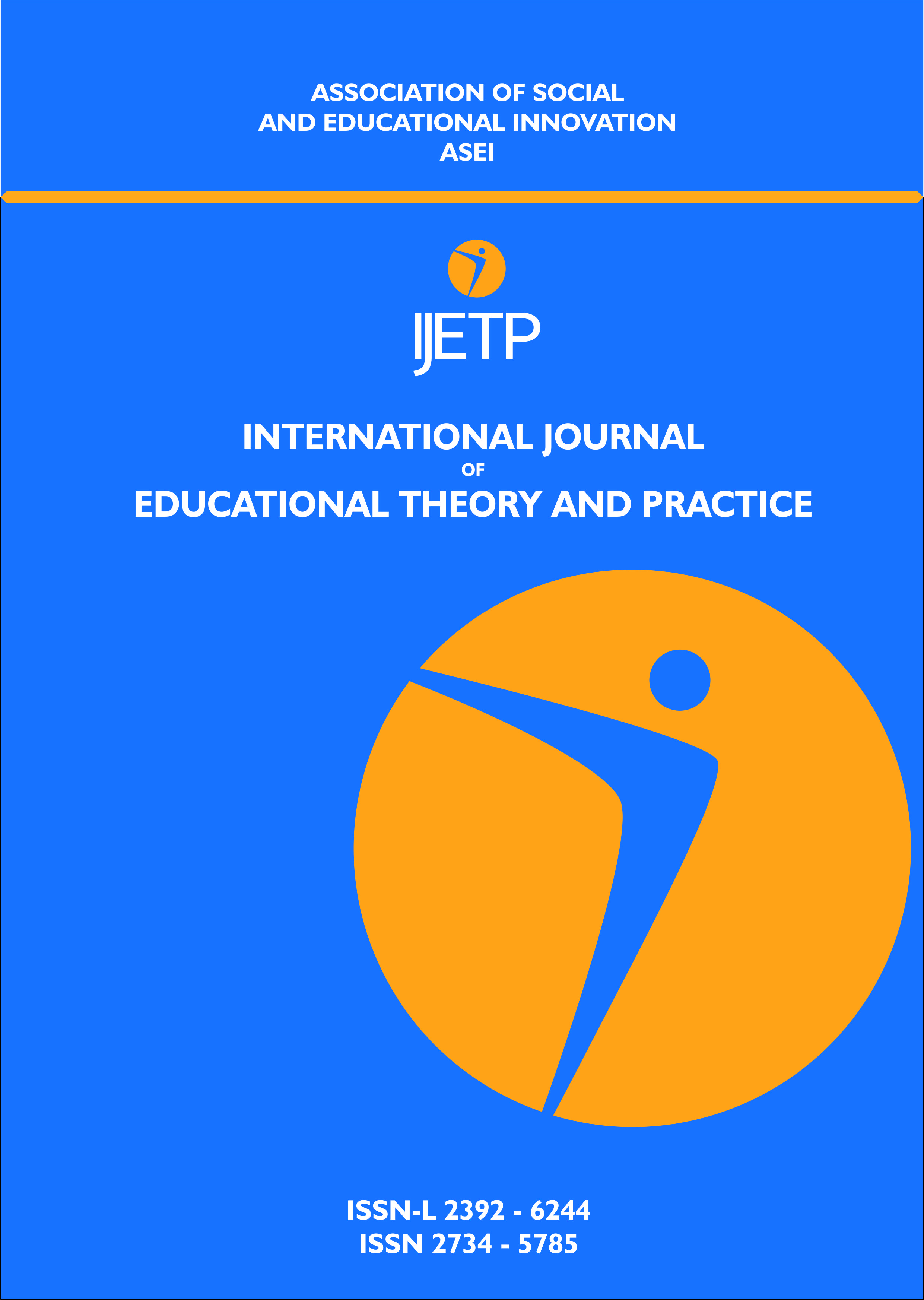Author(s): Tasmia Khan,Heela Azizi,Mursal Naisan,Tiffany Benjamin,Payton Colantonio,Cassandra D’Andrea,Tulin Ahmad,Gulshan Begum,Shahzad Chidai,Olaniyi Olayinka,Samuel Adeyemo,Chiedozie Ojimba,Ayodele Jolayemi / Language(s): English
Issue: 6/2020
DID is defined in the fifth edition of the Diagnostic and Statistical Manual of Mental Disorders (DSM-5) as a “disruption of identity characterized by the presence of two or more distinct personality states.” This involves discontinuity in sense of self and agency as well as variations in “affect, behavior, consciousness, memory, perception, cognition, or sensory-motor functioning.” The DSM-5 estimates the 12-month prevalence of DID as 1.5% of the American adult population. In other studies of DID, the prevalence is estimated to be between 1% and 3%, with higher rates among patients with other comorbid psychiatric conditions. In the inpatient setting, the prevalence of DID has been estimated to be as high as 7.5%. The severity of DID in terms of distinct identity varies from two reported identities to 23 reported distinct identities, however the average number of reported distinct identities stated is 13.1 DID has been associated with or may co-occur with other psychiatric conditions. Many studies have shown an association between DID and history of childhood trauma or maltreatment between ages 4-8. About 80- 100% of patients diagnosed with DID have a comorbid diagnosis of post-traumatic stress disorder (PTSD) or a lifetime history of PTSD.
More...













